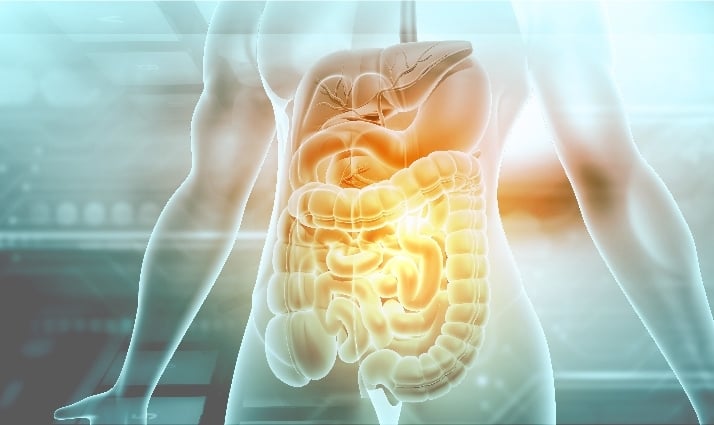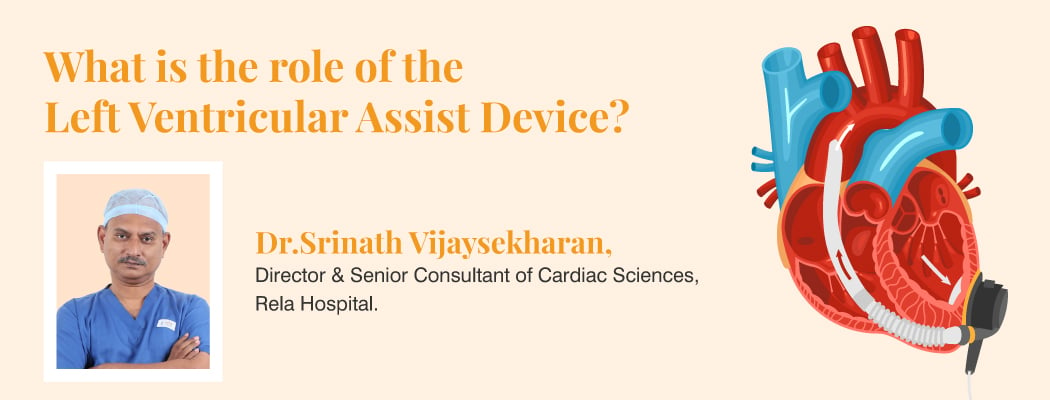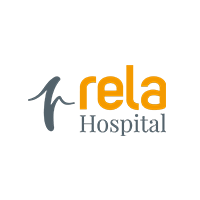What is Piles or haemorrhoids?
March 28, 2022

Piles, are also called Haemorrhoids, are enlarged blood vessels that you can get inside or around your anus, which is the opening of the bottom.
It’s normal to have blood vessels in the anus, as they play an essential role in incontinence. But piles can develop if these blood vessels become enlarged. It is a lump that is found in that particular area. The size of the piles might vary from person to person. Piles can be internal or external too.
Internal piles are customarily located above the opening of the anus, and they are the more common type. External piles occur on the outside edge of the anus.
Contents
Types of Piles
There are by far two types of haemorrhoids which are Internal and External.
Internal piles
Internal piles are so far inside the rectum that you can’t usually see or feel them. However, they don’t generally hurt because of a few pain-sensing nerves there. They are not visible to the naked eyes.
External piles
External piles get formed in the anal region and create discomfort. When an external haemorrhoid protrudes through the anus, it can be seen and felt. Sometimes blood clots can form within the mass that slips down; it can be harrowing.
Symptoms of Piles
Internal piles rarely cause pain, and they typically can’t be felt unless they collapse. Many people with internal haemorrhoids don’t know they have them because they don’t have symptoms.
If a person has internal piles symptoms, they might see blood on toilet paper, stool, or toilet bowl. These are signs of rectal bleeding.
Signs of external piles include:
- Itchy anus
- Hard lumps near the anus that feel sore
- Pain or ache in the anus, especially while sitting
- Rectal bleeding
Causes of Piles
Straining puts pressure on veins in the anus or rectum, causing haemorrhoids. Any straining that increases pressure on the belly or lower extremities can cause anal and rectal veins to become swollen and inflamed. Haemorrhoids may develop due to:
- Pelvic pressure from weight gain, especially during pregnancy.
- Pushing hard to have a bowel movement due to constipation.
- Straining to lift heavy objects or weightlifting.
Treatment for Piles
Non-surgical medication
Several therapeutic options are available to make symptoms more manageable for an individual with piles.
Over-the-counter (OTC)
These are available over-the-counter or online. Medications include painkillers, ointments, creams, and pads to help soothe redness and swelling around the anus.OTC remedies do not cure piles but can relieve the symptoms. Please do not use them for more than seven days in a row, as they can cause further irritation of the area and thinness of the skin. Also, do not use two or more medications simultaneously unless advised by a medical professional.
Corticosteroids
These can reduce inflammation and pain.
Laxatives
The doctor may prescribe laxatives if a person with piles suffers from constipation. These can help the person pass stools more efficiently and reduce pressure on the lower colon.
Minimally Invasive Procedures
For continuous bleeding or painful haemorrhoids, the doctor might recommend one of the minimally invasive procedures available. These treatments can be done in your doctor’s office or different outpatient settings and don’t usually require anaesthesia.
Rubber band ligation
The doctor places one or two tiny rubber bands around the internal haemorrhoid to cut off its circulation. The haemorrhoid shrinks and falls off within a week. Haemorrhoid banding can be uncomfortable and cause bleeding, which is rarely severe.
Injection (sclerotherapy)
The specialist injects a chemical solution into the haemorrhoid tissue to shrink it. While the injection causes little or no pain, it might be less effective than rubber band ligation.
Coagulation (infrared, laser or bipolar)
Coagulation techniques use laser or infrared light or heat. They cause slight, bleeding internal haemorrhoids to harden and wither.
Warm bath
Warm baths can help soothe irritation from haemorrhoids. Using a sitz bath, a small plastic tub that fits over a toilet seat can immerse the affected area. Trying a warm or sitz bath for 20 minutes after each bowel movement and Adding Epsom salt to the tub can provide further relief.
Cold compress
Applying ice packs or cold compresses to the anus can relieve swelling for 15 minutes at a time. For large, painful haemorrhoids, cold compresses can be highly effective. Make sure to wrap ice inside a cloth or paper towel. Never apply something frozen directly to your skin since this can harm or damage the skin.
Do not scratch
Scratching damages the skin and worsens the irritation and itching.
Apply Coconut oil
Coconut oil is a natural moisturiser that may also help with haemorrhoid symptoms. In addition, applying coconut oil may reduce the irritation and swelling, and it may also help reduce the urge to scratch.
Try Squat
Try a squat position. For example, put a short bench under your feet when you go to the bathroom. Raising your knees as you sit on the toilet changes the position of your inner workings and could make bowel movements easier.
FAQ/People also ask
1. What is the leading cause of piles?
Piles occur due to chronic constipation, chronic diarrhoea, lifting heavy weights, pregnancy, or straining when passing a stool.
2. How do I know if I have piles?
A person with piles may experience the feeling that the bowels are still full after passing a stool. Bright red blood is visible after a bowel movement. The area around the anus is itchy, red, and sore. Pain occurs during the passing of a stool.
3. How do piles go away?
There is no set duration for haemorrhoids. Small haemorrhoids may clear up without any treatment within a few days. Large, external haemorrhoids may take longer to heal and cause significant pain and discomfort. If haemorrhoids have not resolved within a few days, it is best to see a doctor for treatment.
4. What foods cause piles?
Foods with little fibre can cause constipation (and therefore haemorrhoids) worse, so it’s best to limit how much you eat of them.
- White bread
- Milk, cheese, and other dairies
- Meat
- Processed foods such as frozen meals and fast food
Watch the amount of salt you consume because It can lead to your body hanging on to water, putting more pressure on your blood vessels. That includes the veins in your bottom that cause haemorrhoids.








